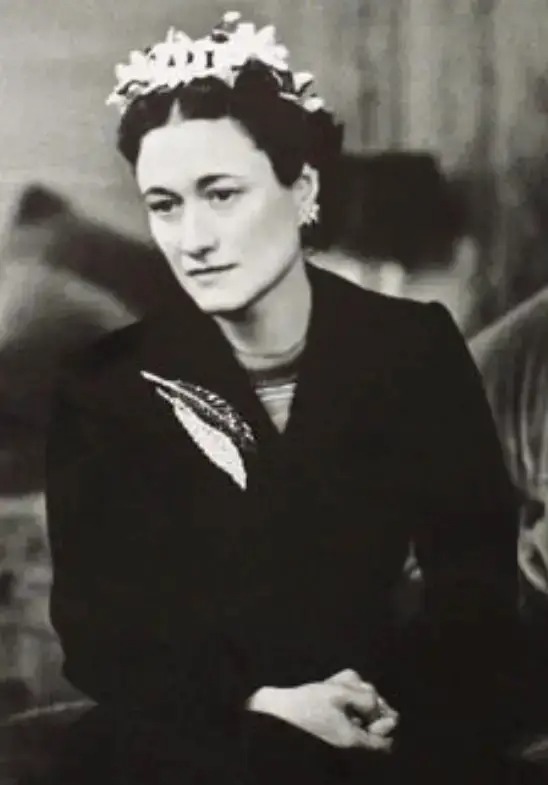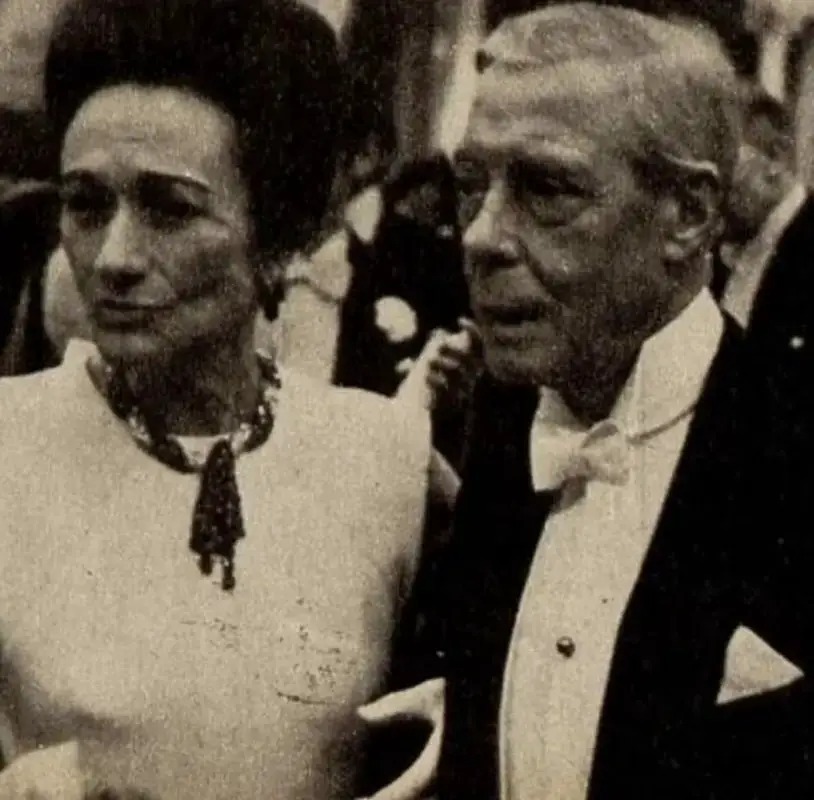Wallis Simpson, born on June 19, 1896, in Pennsylvania, United States, gained worldwide notoriety for her role in the abdication crisis of King Edward VIII of the United Kingdom.
While her relationship with the British monarch remains one of the most well-known aspects of her life, Wallis Simpson had an unparalleled passion for exquisite jewellery. Her dazzling collection featured an extensive array of breathtaking Sapphires, exquisite Diamonds, mesmerising Emeralds, and an impressive suite of stunning Ruby jewellery

The Ruby pieces were all given to Wallis during The Year of the Abdication, 1936. Having been his mistress for a number of years, upon his ascension to the throne in January, Wallis Simpson believed that her relationship with the new King Edward VIII would come to an end. However, his love for her only grew stronger, eventually reaching a level of obsession.
He turned to the famous French Jewellery house, Van Cleef and Arpels, to help him convey these overwhelming feelings into a suite of fiery, passionate ruby set jewels.
The Ruby and Diamond Bracelet
The first piece in this legendary collection was a Ruby and Diamond bracelet given to Wallis in March 1936. Featuring forty Cushion Cut Rubies, the impressive jewel also bore an inscription in Edward’s own handwriting. Determined to have Wallis crowned next to him as his Queen, ‘Hold Tight’ is thought to have been a personal plea from the King to Wallis, begging her not to leave him.




The Ruby and Diamond Necklace
For her 40th Birthday in June 1936, Edward returned to Van Cleef and Arpels with gemstones that he had been given when he toured India in 1921-22 as the Prince of Wales. The meticulous records kept by the jewellers show that several designs were produced before the King settled on the initial ‘Bib’ creation.
Like the Ruby bracelet, the necklace carried another handwritten engraving – ‘My Wallis from her David 19 VI 36’ (David was the name his family called Edward)



It is believed that the original necklace was extremely similar to one created for Helen Beaumont that was later sold at Christie’s in 2020.










As she would do with so many of her jewels, Wallis would return to Van Cleef & Arpels to redesign the necklace in collaboration with the master jeweller Renee-Sim Lacaze.
In 1939, they transformed the original ‘Bib’ into one of the Duchess’ most iconic pieces, variously known as the Torsade, Entrelac de Rubans or Cravat necklace.








The Ruby and Diamond Brooch

As 1936 came to an end, it became obvious that Edward VIII would abdicate his throne rather than give up Wallis Simpson. While he negotiated his departure, he ordered Wallis’ Christmas present from Van Cleef and Arpels – A Ruby and Diamond Brooch (described as Feathers or Holly Leaves)
This Brooch would turn out to be an historically important jewel as it was one of the first to feature Van Cleef and Arpels legendary Mystery Set technique.
The “Serti Mystérieux” or “Mystery Set’ was invented in 1933. The technique involves mounting stones into extremely thin gold rails, making the prongs invisible. The stones are specially cut with a groove near the culet so that they can be slid onto the rails and placed alongside neighbouring stones.




The invisible setting technique creates an uninterrupted surface of stones without any visible metal. The gems appear to float on the surface of the jewel, shaped as if by magic. This type of setting is most often used when multiple diamonds are mounted in a row or in multiple rows.





After World War II, Wallis and Edward emerged as the de facto leaders of Café Society. Their prominent status meant they frequently graced glamorous gatherings and social events.
At a ball given by Helene Rochas in Paris 1965, Wallis chose to wear her all her Rubies, even fashioning the Brooch into a headpiece which she is supposed to have called ‘my Prince of Wales feathers’






Like her Engagement Ring and her many other bejewelled possesions, the Rubies were sold at auction at Sotheby’s after the Duchess’ death in 1987.
The proceeds from the sale were donated to Pasteur Institute in Paris.
